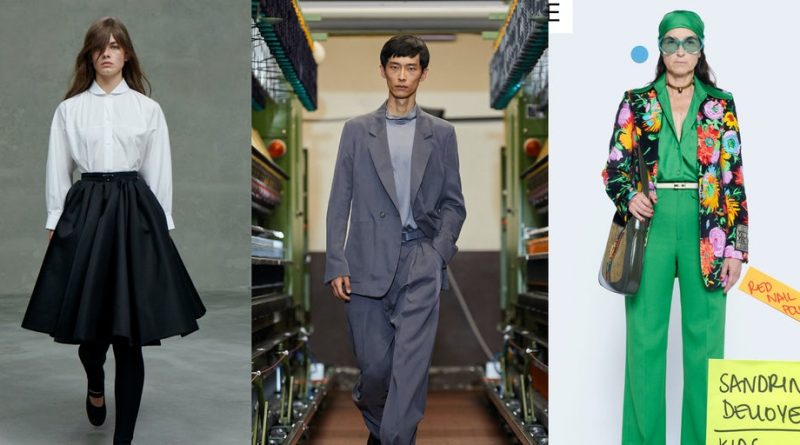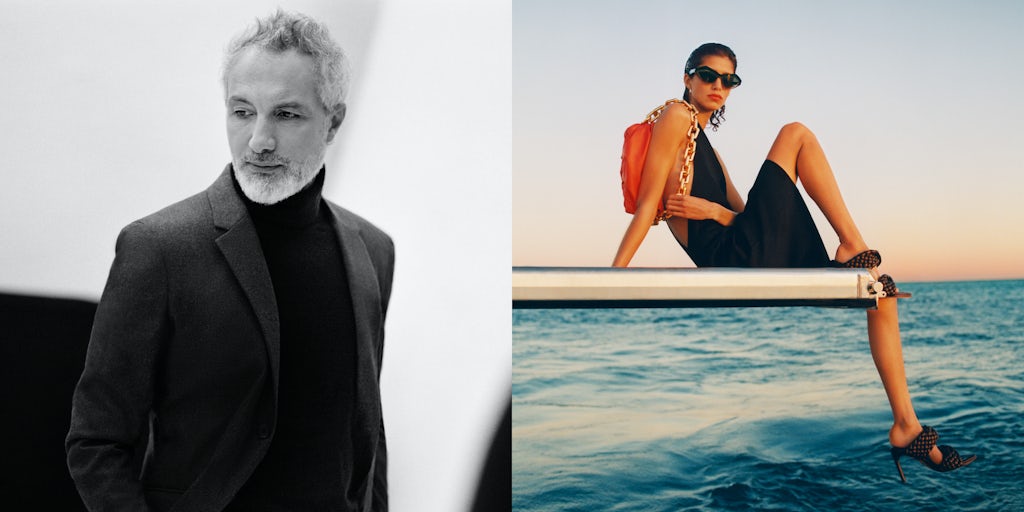Searching For a New Narrative at Milan Fashion Week | Fashion Show Review, Multiple, BoF Professional
MILAN, Italy — It’s a given that digital fashion shows are fun, but real shows are better: fashion needs to be seen live to feel alive. Surprise, surprise: during Milan there were a couple of live shows, where guests looked more or less like zombies or convicts just released from the asylum. Back to normal? Sort of. The energy is still weird.
The season’s takeaway, however, was of a wholly different kind. The narrative of the city of Milano, a place of rampant success and lavish money-spending blatantly flaunted by the popular happy few, has completely changed after the lockdowns hit hard during the spring.
So has the fashion agenda and the way houses promote their image and products. Anything remotely grand or pompous feels, quite frankly, unnecessary. Ditto anything forced. So long untruthful, Instagram-friendly storytelling, and old-world marketing tricks. Obsolescence happened over the course of just three months. Picking up where we left off feels, by now, a tad silly.
In this sense, the presence of 24 influencers in an audience of 80 at the “real” Etro show looked a bit out of place, clinging to a world that has already crumbled. Diet Prada, the hateful censors ready to impose their blindly moralistic rules on the system, criticised the lack of diversity in this assortment of posers. Personally, I question the very presence of influencers, whose insidious economy is one of the problems fashion needs to urgently fix.
Influencers aside, it was telling that Etro went back to quasi-normal with a very intimate show that reassessed the aesthetic pillars of their multiculti, luxe-boho formula. In Milano, the more evolved brands have started communicating in a cosier, decidedly spontaneous way, which feels more in sync with the moment.
Most of the fashion week action happened digitally, on the rather tricky platform developed by Camera della Moda, offering a wide gamut of possibilities. There is an innately Italian tendency of being overly sentimental, and a tad patronising; which depicts a perfect world of unbreakable traditions. In this sense, Salvatore Ferragamo’s “Shaping a Dream” film felt quite pompous with its epic narrative, and even more so when considering the luxurious minimalism of the collection it aided to depict.
While Ferragamo’s cinematic ambition weighed the collection down, Luca Finotti’s short movie for MSGM — “Non so dove, ma insieme.” (“I don’t know where, but together.”) — further uplifted Massimo Giorgetti’s super-fresh men’s effort.
The six-minute clip was nothing pretentious. Just a bunch of boys and girls of every background enjoying life, being themselves and loving each other in whichever way possible, all against the sunny backdrop of the city. The project worked in every sense, reassessing the easy and colourful roots of the brand. There was no forced edginess or au courant this season. Instead, it was simply painting a portrait of a new way of being Italian: more open and welcoming of diversity. The intent was not overly political, and this is why it touched a chord. There was spontaneity in large amounts; a quality that is so very relevant right now.
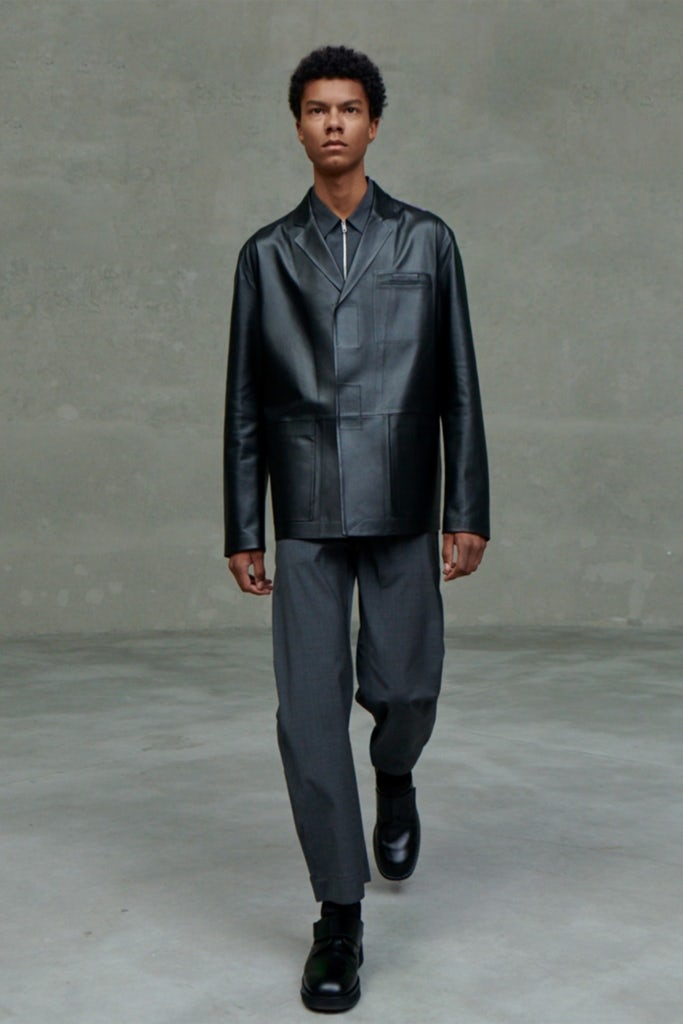
Prada Spring/ Summer 2021 | Source: Courtesy
There was a surprising — and very welcome — amount of spontaneity at Prada, too, a house that generally offers quite a composed, if not downright cold and completely self-possessed image of itself. The project Prada presented, “Multiple Views,” was probably one of the best of the season. It managed to replicate in video format the adrenaline of a real show, entertaining viewers with different movements that highlighted the quintessential Prada-ism of the collection: intelligent, fuss-free, slightly twisted clothing that makes life easier.
And yet, for being a summa of the way Miuccia Prada thinks — an aesthetic testament of sorts before Raf Simons takes his place alongside her as co-pilot — it was la signora taking the final bow in a dress and apron at the very end of the film that sealed the message. There was humour in it, a certain domesticity, and the knowing smirk of a lady who has never been scared to reinvent herself but who has never dished out grandiose statements. Now, that is energising.
Video is a perfect way for the public to gently intrude backstage. Leave it to Gucci to bring all the voyeurism of the week to a pornographic boiling point with a Warholian extravaganza of 12 hours of streaming directly from the set of the new advertising campaign. Superimposed over the streaming was a series of video windows — very early-2000s Mac OS — that was basically an animated look book.
The opus, called “Epilogue,” mirrored the panopticon of February’s show. This time, members of the Gucci design team were chosen as models, in a mirror play that felt as self-referential as Gucci’s hyper-baroque aesthetic. Image making was luxuriously layered, but fashion wise not much moved forward — apart from the addition of archival Ken Scott prints. The vitality that has made Gucci so exciting over the last five years keeps being frozen under alarming layers of mannerism and repetition.
There were photographic backstages, and iterations of well know stylistic tropes at both DSquared2 and Versace, while Tod’s showed another kind of backstage: the ideas and processes that go into the making of a collection, explained in the first person by creative director Walter Chiapponi. Filmwise, it was straightforward and plain, but it managed to highlight the updated classicism Chiapponi is exploring as a signature for the house.
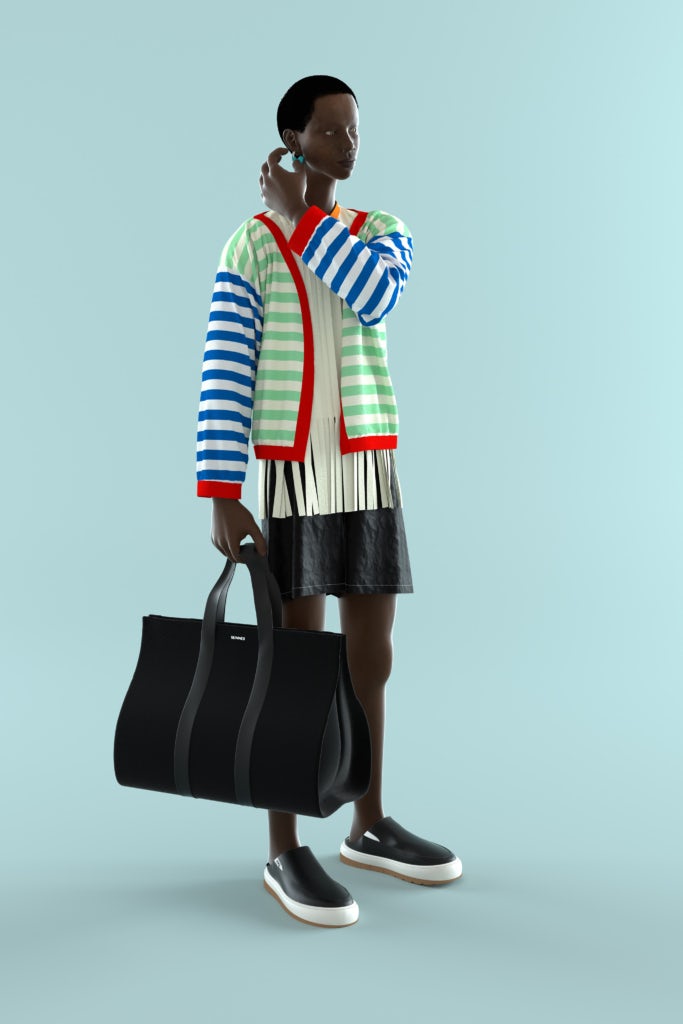
Sunnei Spring/Summer 2021 | Source: Courtesy
While the digital fashion week format felt a bit forced — opening the platform up to those who might not deserve such visibility — the democracy of a digital calendar was good for smaller brands that survive on ideas more than big budgets. There was a charming dystopian feel to the industrial-looking clothing presented by United Standard with a distressing breathless run of a video. M1992, the brainchild of Dorian Tarantini, focused on shirts — the green screen one was deliriously fun — and reflected on brainwashing as a defining status of the contemporary world. Of Milan’s new crop, Sunnei is probably the most established. Not exactly small, yet not very big, but with plans for expansion. The Sunnei Canvas project, modelled in an animation by avatars doing the “Macarena,” says a lot about the vision of founders and creative directors Simone Rizzo and Loris Messina. It’s fun and nice, with just a tiny dash of cynicism that ensures survival in shark-infested waters.
Now that three consecutive fashion weeks have taken place, it’s clear that the possibilities of developing a new medium for presenting fashion remains largely unexplored. Sure, there was a widespread quest for authenticity, for films which are able to produce the semblance of a real experience, but no one really came close.
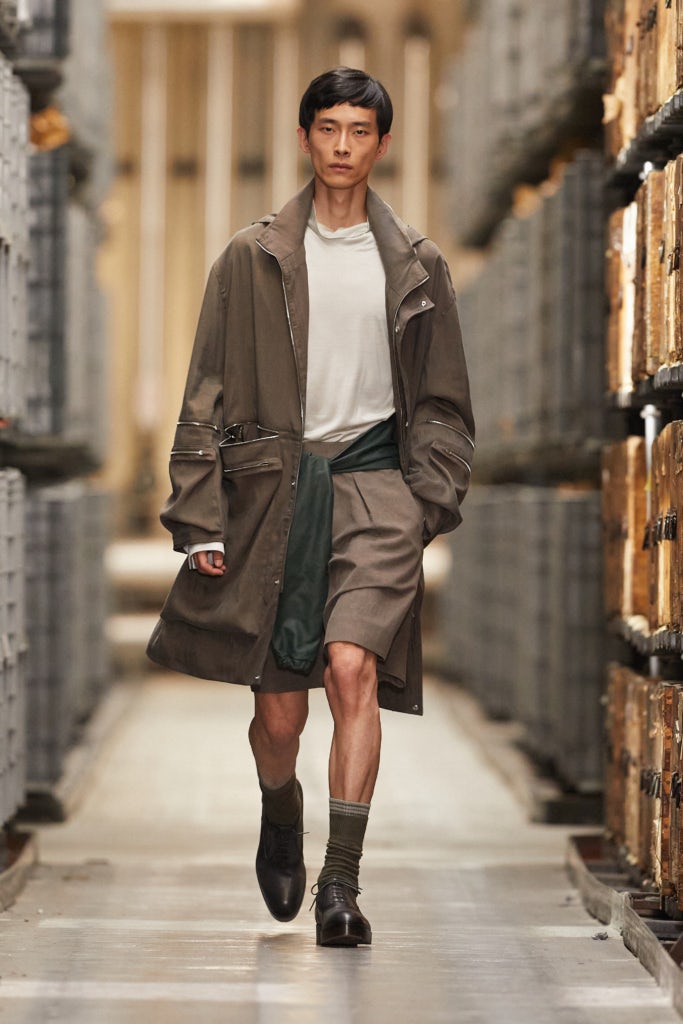
Ermenegildo Zegna Spring/ Summer 2021 | Source: Courtesy
Ermenegildo Zegna XXX came the closest, providing emotion, involvement and surprise by fusing a live event with pre-recorded parts, enabling Zegna to showcase the breathtaking spaces of the Oasi Zegna and the operating mills in the Zegna factory in Trivero, Piedmont. The fusion was absolutely seamless, and the result was a fashion show seen from multiple — at times impossible — points of view. A perfect way to appreciate Alessandro Sartori’s best collection for the house so far. Everything looked light, desirable and uncontrived, sartorially savvy and progressive.
The lockdowns may have hit Milan hard, but in some quarters, it enabled the creativity to flow.
Related Articles:
How Sunnei Bucked the Fashion System
Miuccia Prada on Her Final Collection Before Raf Simons Officially Enters the Fold

